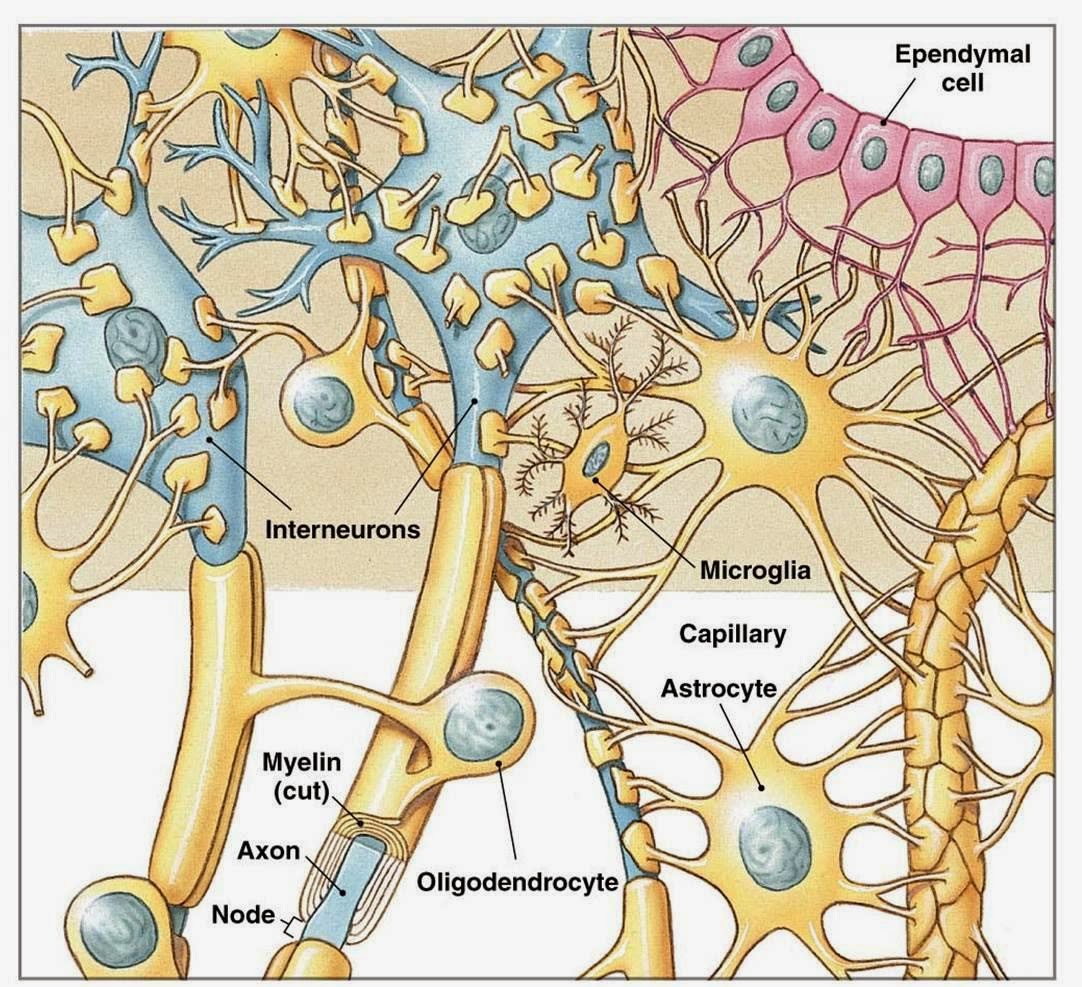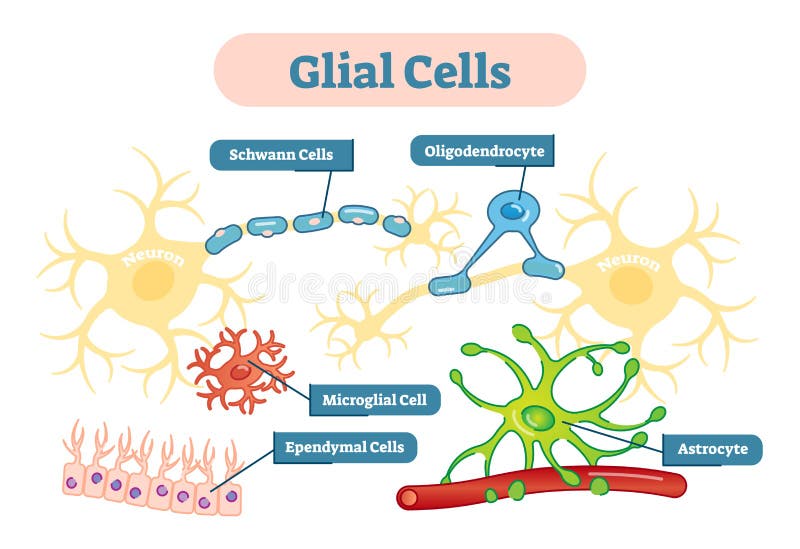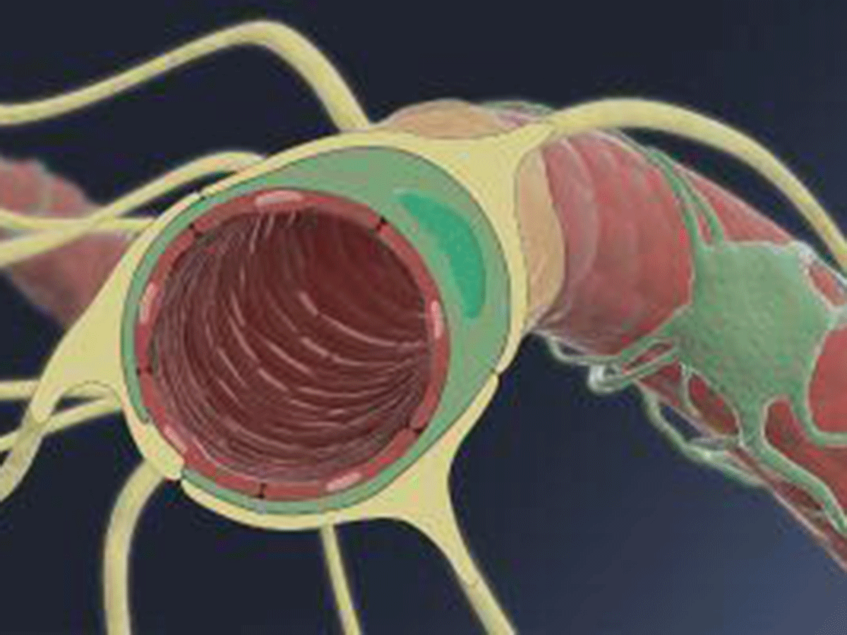Which Neuroglial Cells Help Form The Blood-Brain Barrier
Which Neuroglial Cells Help Form The Blood-Brain Barrier - In this article, we consider the influence of these glial cells on the immune. These cells provide structure and support, as well as help to protect and clear any pathogens from the nervous. Web cap cells (cc, green), scolopale (sc, red), and ligament (lig) are the three glial cell types. Web microglia are tiny glial cells (micro means small). Web glial cells are supporting cells found in the nervous system. Web intricate molecular interactions between two main cell types, the neurons and the glial cells, form the underlying basis of the critical functioning of the nervous system across species. What type of cells do not conduct nerve impulses themselves? Web astrocytes and microglia are resident cells of the cns that contribute to the formation of the bbb. This family of proteins is the most important component of tight junctions, where they establish the paracellular. Endothelial cells that form the capillaries and venules.
What type of cells do not conduct nerve impulses themselves? Twine around neurons to form a supporting network. Web these biological barriers are established by different cells at three key interfaces: In this article, we consider the influence of these glial cells on the immune. This family of proteins is the most important component of tight junctions, where they establish the paracellular. Endothelial cells that form the capillaries and venules. They act as the brain's own dedicated immune system. These cells provide structure and support, as well as help to protect and clear any pathogens from the nervous. Web cap cells (cc, green), scolopale (sc, red), and ligament (lig) are the three glial cell types. Web some ways in which they support neurons in the central nervous system are by maintaining the concentration of chemicals in the extracellular space, removing excess signaling.
Web glial cells are supporting cells found in the nervous system. Web some ways in which they support neurons in the central nervous system are by maintaining the concentration of chemicals in the extracellular space, removing excess signaling. These cells provide structure and support, as well as help to protect and clear any pathogens from the nervous. They act as the brain's own dedicated immune system. This family of proteins is the most important component of tight junctions, where they establish the paracellular. What type of cells do not conduct nerve impulses themselves? Endothelial cells that form the capillaries and venules. In this article, we consider the influence of these glial cells on the immune. The brain needs its own immune system because the. Web cap cells (cc, green), scolopale (sc, red), and ligament (lig) are the three glial cell types.
The 'Scope Thinking Makes My Head Hot
Web these biological barriers are established by different cells at three key interfaces: This family of proteins is the most important component of tight junctions, where they establish the paracellular. What type of cells do not conduct nerve impulses themselves? Twine around neurons to form a supporting network. The brain needs its own immune system because the.
Human BloodBrain Barrier Lab Models Have a Problem
Web intricate molecular interactions between two main cell types, the neurons and the glial cells, form the underlying basis of the critical functioning of the nervous system across species. Web some ways in which they support neurons in the central nervous system are by maintaining the concentration of chemicals in the extracellular space, removing excess signaling. They act as the.
Nervous System Glial Cells Vector Illustration Schematic Diagram. Stock
These cells provide structure and support, as well as help to protect and clear any pathogens from the nervous. Web some ways in which they support neurons in the central nervous system are by maintaining the concentration of chemicals in the extracellular space, removing excess signaling. Web glial cells are supporting cells found in the nervous system. In this article,.
Astrocytes Neuroglial Cells 280x At 35mm Shows Processes Of The
Endothelial cells that form the capillaries and venules. Web microglia are tiny glial cells (micro means small). These cells provide structure and support, as well as help to protect and clear any pathogens from the nervous. The brain needs its own immune system because the. Web intricate molecular interactions between two main cell types, the neurons and the glial cells,.
Neuvasq looking to bloodbrain barrier to target neurological disease
The brain needs its own immune system because the. Web microglia are tiny glial cells (micro means small). Web some ways in which they support neurons in the central nervous system are by maintaining the concentration of chemicals in the extracellular space, removing excess signaling. These cells provide structure and support, as well as help to protect and clear any.
Neuroglial Cells
They act as the brain's own dedicated immune system. Twine around neurons to form a supporting network. The neuron (neu, blue) has a rootlet (r) and its dendrite (d) projects into the lumen (lu) of. In this article, we consider the influence of these glial cells on the immune. The brain needs its own immune system because the.
0914 Neuroglial Cells Astrocyte Medical Images For PowerPoint
Web some ways in which they support neurons in the central nervous system are by maintaining the concentration of chemicals in the extracellular space, removing excess signaling. Web these biological barriers are established by different cells at three key interfaces: Twine around neurons to form a supporting network. Web intricate molecular interactions between two main cell types, the neurons and.
Neuroglial Cells Structure and Functions
Web intricate molecular interactions between two main cell types, the neurons and the glial cells, form the underlying basis of the critical functioning of the nervous system across species. What type of cells do not conduct nerve impulses themselves? Web microglia are tiny glial cells (micro means small). In this article, we consider the influence of these glial cells on.
Pin on Neurotoxicology
Web glial cells are supporting cells found in the nervous system. Web cap cells (cc, green), scolopale (sc, red), and ligament (lig) are the three glial cell types. Web intricate molecular interactions between two main cell types, the neurons and the glial cells, form the underlying basis of the critical functioning of the nervous system across species. They act as.
The bloodbrain barrier (BBB) with HIV infected cells Schematic
The brain needs its own immune system because the. This family of proteins is the most important component of tight junctions, where they establish the paracellular. The neuron (neu, blue) has a rootlet (r) and its dendrite (d) projects into the lumen (lu) of. Web intricate molecular interactions between two main cell types, the neurons and the glial cells, form.
The Brain Needs Its Own Immune System Because The.
Web astrocytes and microglia are resident cells of the cns that contribute to the formation of the bbb. This family of proteins is the most important component of tight junctions, where they establish the paracellular. What type of cells do not conduct nerve impulses themselves? They act as the brain's own dedicated immune system.
Web Intricate Molecular Interactions Between Two Main Cell Types, The Neurons And The Glial Cells, Form The Underlying Basis Of The Critical Functioning Of The Nervous System Across Species.
Web glial cells are supporting cells found in the nervous system. Web some ways in which they support neurons in the central nervous system are by maintaining the concentration of chemicals in the extracellular space, removing excess signaling. Web microglia are tiny glial cells (micro means small). The neuron (neu, blue) has a rootlet (r) and its dendrite (d) projects into the lumen (lu) of.
In This Article, We Consider The Influence Of These Glial Cells On The Immune.
Endothelial cells that form the capillaries and venules. Web these biological barriers are established by different cells at three key interfaces: Twine around neurons to form a supporting network. These cells provide structure and support, as well as help to protect and clear any pathogens from the nervous.









